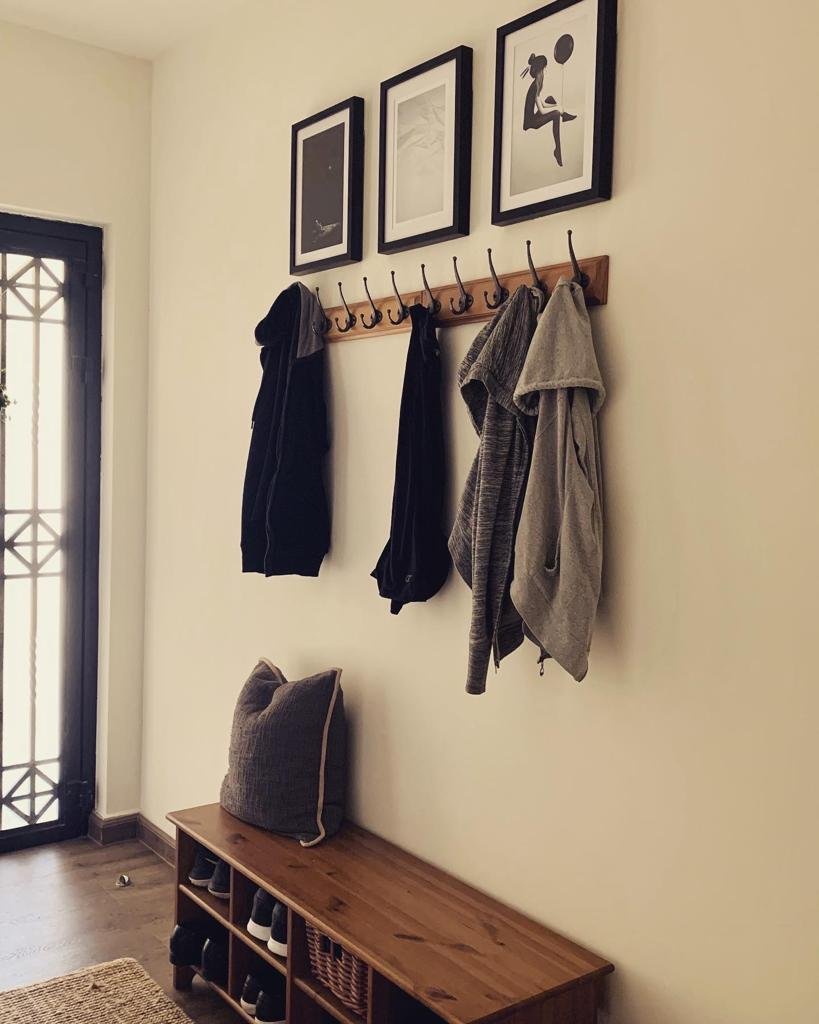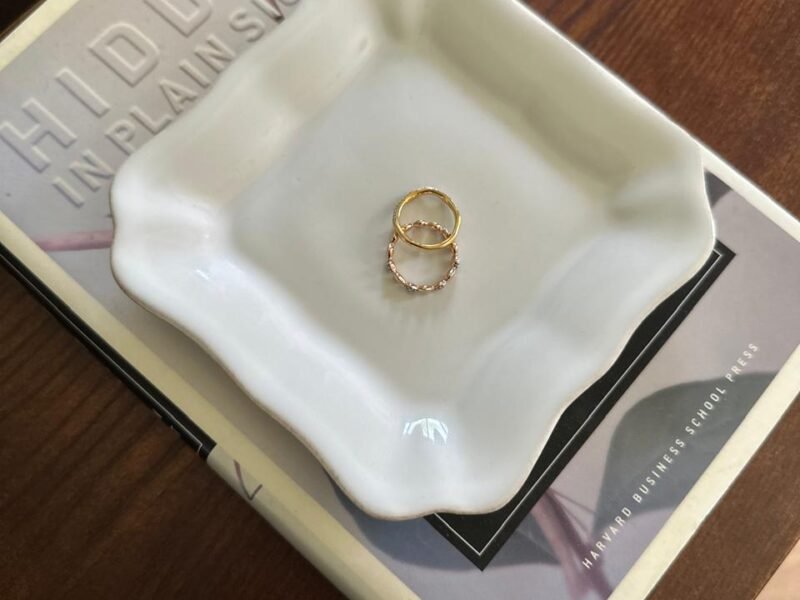
How to Maximise Small Spaces with Smart Design
Living in a small space doesn’t mean you have to compromise on style or functionality. With the right approach to design, even the smallest areas can feel spacious, comfortable, and organised. Smart design solutions can help you make the most of every square inch, creating a space that feels open and inviting without sacrificing storage or style.
Here are some effective strategies to maximise small spaces with smart design.
1. Embrace Multi-Functional Furniture
One of the best ways to maximise space in a small home is by choosing multi-functional furniture. Items that serve more than one purpose can free up valuable space and make your home more flexible. Consider pieces like:
- Sofa beds for living rooms that double as guest beds.
- Fold-out desks for workspaces that can be tucked away when not in use.
- Storage ottomans or benches that provide seating and hidden storage.
- Extendable dining tables that can accommodate more people when needed but fold away to save space.
Investing in multifunctional furniture is key to keeping your home organised and efficient while ensuring it doesn’t feel cluttered.
2. Use Vertical Space
When floor space is limited, think upwards! Maximising your vertical space is a game-changer for small rooms. You can achieve this by:
- Installing high shelves for books, decor, or even kitchenware to free up floor space.
- Hanging floating shelves on walls to store items like plants, photos, or small accessories.
- Using tall storage units that reach from floor to ceiling, providing extra space for storage without taking up much room.
- Wall-mounted lighting to keep tables and floor space clear while illuminating the room effectively.
By drawing the eye upwards, you can make the room feel larger and more open.
3. Opt for Light and Neutral Colours
In a small space, colours play a significant role in how the room feels. Light and neutral tones can make a room feel airy and expansive, while darker colours can make the space feel closed off. Consider using:
- White, soft greys, or light beiges for walls and ceilings to create an illusion of openness.
- Mirrors strategically placed to reflect light and enhance the feeling of space.
- Pale-coloured furniture or accent pieces that blend seamlessly with the walls for a cohesive look.
Bright and reflective surfaces, such as gloss finishes on furniture or mirrored elements, can also help bounce light around the room, making it feel more spacious.
4. Declutter and Keep It Organised
The key to making a small space feel larger is keeping it tidy. Clutter can quickly overwhelm a small room, making it feel even more cramped. Here’s how to stay organised:
- Maximise storage with hidden storage solutions such as under-bed storage boxes, storage baskets, or built-in cabinets.
- Use decorative baskets or trays to corral small items like remotes, magazines, or keys.
- Keep countertops and tables clear of unnecessary items to give the illusion of more space.
By keeping your space neat and clutter-free, you create a calm, open atmosphere that makes your home feel much bigger than it is.
5. Choose Smaller-Scale Furniture
Large, bulky furniture can overwhelm a small room, so opt for compact, scaled-down pieces. This allows you to maintain the room’s flow and ensures that the space feels open and breathable. Look for:
- Slim-profile sofas and chairs that take up less space but still offer comfort.
- Narrow tables and desks that serve the purpose without dominating the room.
- Foldable or stackable chairs that can be put away when not needed.
By selecting furniture that fits the scale of your space, you’ll avoid overcrowding and make the room feel more balanced.
6. Incorporate Mirrors and Glass
Mirrors and glass surfaces are your secret weapon when it comes to maximising small spaces. These materials can reflect light and create the illusion of depth, making the room appear larger. Try:
- Mirrored furniture or decor pieces that add visual interest while reflecting light.
- Glass coffee tables or side tables that seem to take up less visual space.
- Mirrored or glass shelving to maintain an open feel while providing additional storage.
This design strategy helps expand the perceived boundaries of the room and adds a sophisticated touch.
7. Make Use of Every Nook and Cranny
Small spaces often have hidden areas that can be optimised for storage or utility. Take advantage of every nook and cranny:
- Under the stairs: Create built-in storage or even a small office nook.
- Behind doors: Install hooks, small racks, or organisers on the back of doors for extra storage.
- Above the kitchen or bathroom sink: Use the space for floating shelves or a small cabinet for extra storage.
By making use of these overlooked spaces, you can free up your main living area for more functional use.
8. Add Vertical Lines and Stripes
Vertical lines or stripes on walls and furniture can create the illusion of height, drawing the eye upwards and making a room feel taller. Consider:
- Vertical stripes on walls to give the room an illusion of height.
- Tall, narrow furniture pieces that reinforce the vertical emphasis.
- Floor-to-ceiling curtains to elongate the windows and make the room appear more spacious.
Vertical design elements are particularly useful for low-ceilinged spaces that could otherwise feel cramped.
9. Use Sliding Doors or Open Shelving
Traditional swinging doors can take up valuable space, especially in tight areas. Consider using sliding doors or open shelving to save room:
- Sliding doors for closets or bathrooms will save space and improve the room’s flow.
- Open shelving instead of cabinets in kitchens or bathrooms provides quick access to items while visually opening up the space.
These choices reduce the need for bulky door swings and maximise the available space in small areas.
10. Keep Things Simple and Minimal
In a small space, it’s important to keep the design simple and streamlined. Excessive decoration or too many features can make a room feel cluttered. Opt for a minimalist approach with clean lines and less ornamentation. Focus on:
- Fewer, larger statement pieces rather than overcrowding the room with smaller decor items.
- Neutral, simple furniture that doesn’t compete for attention.
- Minimalist art and wall decor that adds personality without overwhelming the space.
By embracing minimalism, you’ll create a serene environment that feels spacious and uncluttered.
Conclusion: Maximising Small Spaces with Smart Design
Maximising a small space is all about using design principles that promote functionality, flow, and openness. By incorporating multifunctional furniture, utilising vertical space, opting for light colours, and keeping your home organised, you can create a stylish and efficient space, no matter its size.
With these smart design strategies, your small space can feel as spacious and comfortable as any larger home, all while reflecting your personal style. So, get creative and start transforming your small space into the perfect haven today!


